Museum of Paleobotany and Ethnobotany
The Paleobotany section of the museum describes the evolution of land plants through the use of fossil specimens, models made of clay or resin, images, and explanatory texts. A three-dimensional phylogenetic tree provides a visual representation of a possible model for the evolution of groups of land plants.
 Diorama of the Devonian period (approx. 416-359 million years ago).
Diorama of the Devonian period (approx. 416-359 million years ago).
Some display cases illustrate the modes of fossil formation and the techniques used by paleobotanists to reconstruct the appearance of plants that lived millions of years ago. Three dioramas reconstruct a Devonian environment (illustrating the appearance of plants that lived on Earth about 400 million years ago), a Triassic-Jurassic paleo-environment (depicting some gymnosperms such as conifers, bennettitaleans, and cycads), and a Cretaceous paleo-environment (depicting various Cheirolepidiaceae, a group of gymnosperms of the lower Cretaceous of Campania, and a reproduction of the dinosaur Scipionyx samniticus).
 Diorama of the Giurassic period (approx. 199-145 million years ago).
Diorama of the Giurassic period (approx. 199-145 million years ago).
The main plant groups are presented in the display cases, both with the help of fossil specimens (with detailed information on the species, place of origin, sediment age, and, in case of donations, the name of the donor) and through reconstructions and drawings. The main characteristics of the plant groups are illustrated with images and texts, while the evolutionary steps that led to the formation of particular plant structures such as the vascular cylinder, leaves, and seeds are represented through reproductions made of clay.
 Diorama of the Cretaceous period (approx. 145-65,5 million years ago).
Diorama of the Cretaceous period (approx. 145-65,5 million years ago).
Finally, the section also presents "useful fossils", such as amber, coal, and diatomaceous earth. In some cases, fossil specimens are compared with current plants cultivated in the Botanical Garden.
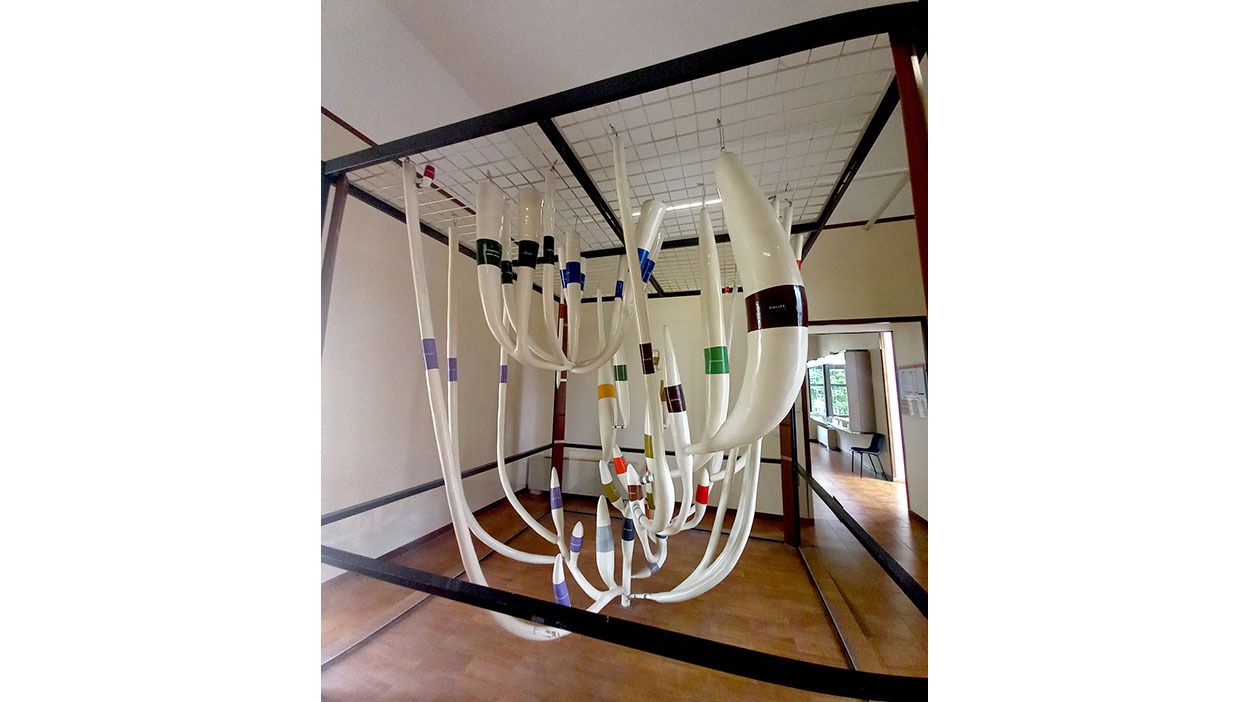


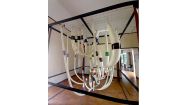
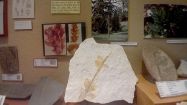
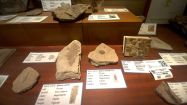
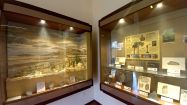
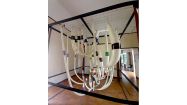

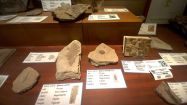
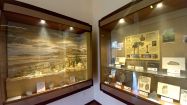

 Sistema Museale di Ateneo
Sistema Museale di Ateneo